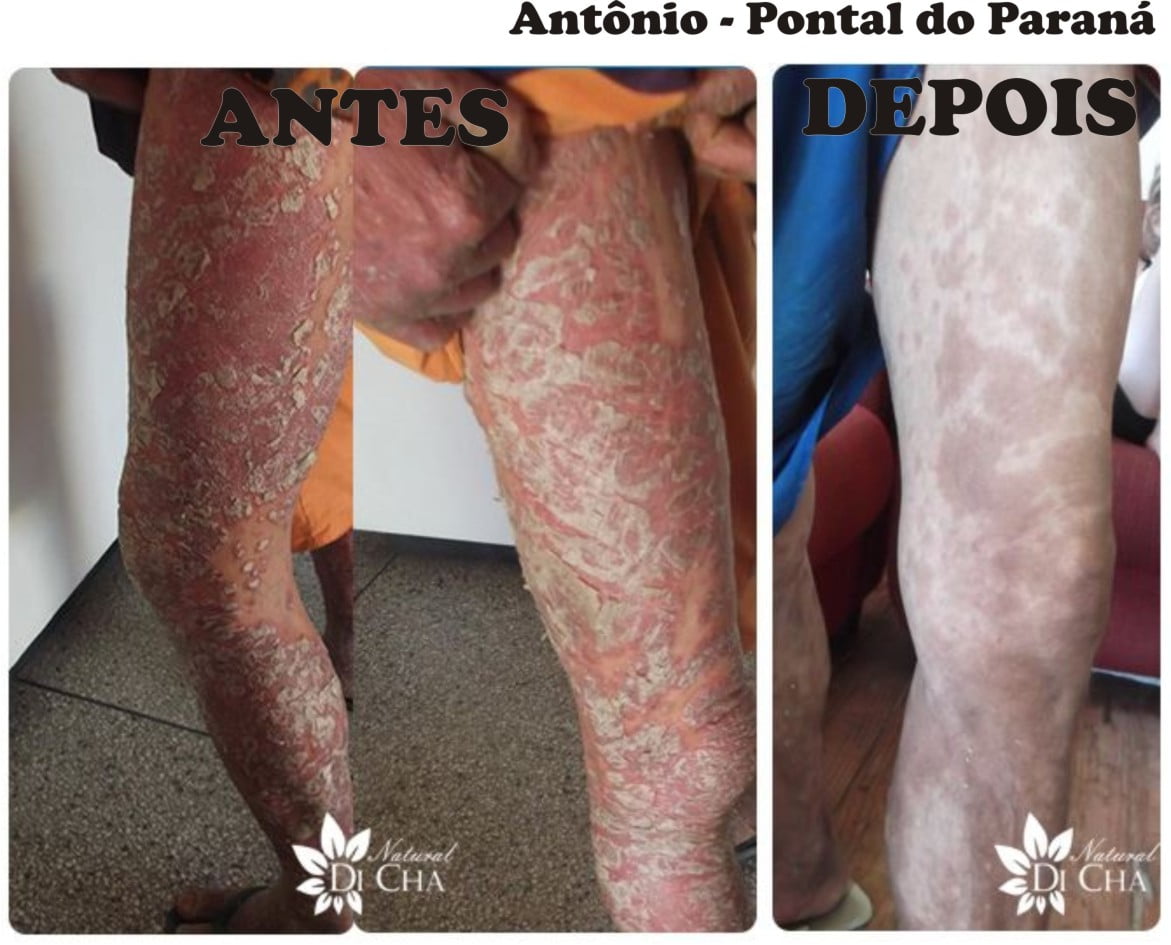A regra de 2 minutos para psoriase
Wiki Article
Inverse psoriasis: Occurs on the flexural surfaces, armpit, and groin; under the breast; and in the skin folds; this is often misdiagnosed as a fungal infection
Psoríase ungueal – surgem depressões puntiformes ou manchas amareladas principalmente nas unhas da mãESTES;
De modo a continuar con el tratamiento de modo a la cura por la Psoriasis en su país, al paciente se le indicará en consulta la cantidad adecuada do medicamento a llevar, por acuerdo con el grado por extensión do su superficie corporal afectada por la enfermedad.
Este tipo por psoríase É possibilitado a desaparecer para em algum momento ou ficar apresentando recidivas toda vez de que houver crises por faringite.
Specifically, the epidermis is infiltrated by a large number of activated T cells, which appear to be capable of inducing keratinocyte proliferation. This is supported by histologic examination and immunohistochemical staining of psoriatic plaques revealing large populations of T cells within the psoriasis lesions.
Many people who are predisposed to psoriasis may be free of symptoms for years until the disease is triggered by some environmental factor. Common psoriasis triggers include:
Psoriasis outbreaks differ from person to person. No one knows exactly what causes flare-ups. Common psoriasis triggers may include:
Guttate psoriasis: Presents predominantly on the trunk; frequently appears suddenly, 2-3 weeks after an upper respiratory tract infection with group A beta-hemolytic streptococci; this variant is more likely to itch, sometimes severely
Psoriasis treatment options Psoriasis: Get the most out of your treatment Psoriasis: How can I protect my skin during a workout? Psoriasis: What if I get psoriatic arthritis, too? Psoriasis: What to share with your doctor Psoriasis-related health risks Pustular psoriasis Scalp psoriasis Scalp psoriasis vs. seborrheic dermatitis What are the risks of vaccinations for people living with psoriasis? What's the best way to manage scalp psoriasis? Show more related content
In some people, psoriasis aqui causes more than itchiness and red skin. It can lead to swollen joints and arthritis. If you have psoriasis, you may be at higher risk of:
Psoriasis is a chronic skin disorder, which means a skin condition that doesn’t go away. People with psoriasis have thick, pink or red patches of skin covered with white or silvery scales. The thick, scaly patches are called plaques.
Light therapy: UV light at specific wavelengths can decrease skin inflammation and help slow skin cell production.
O presente Espécie por medicamentos é uma nova classe por terapia de que consiste pelo uso do proteínas ou anticorpos capazes do regular este sistema imune.
While scientists do not know what exactly causes psoriasis, we do know that the immune system and genetics play major roles in its development.
